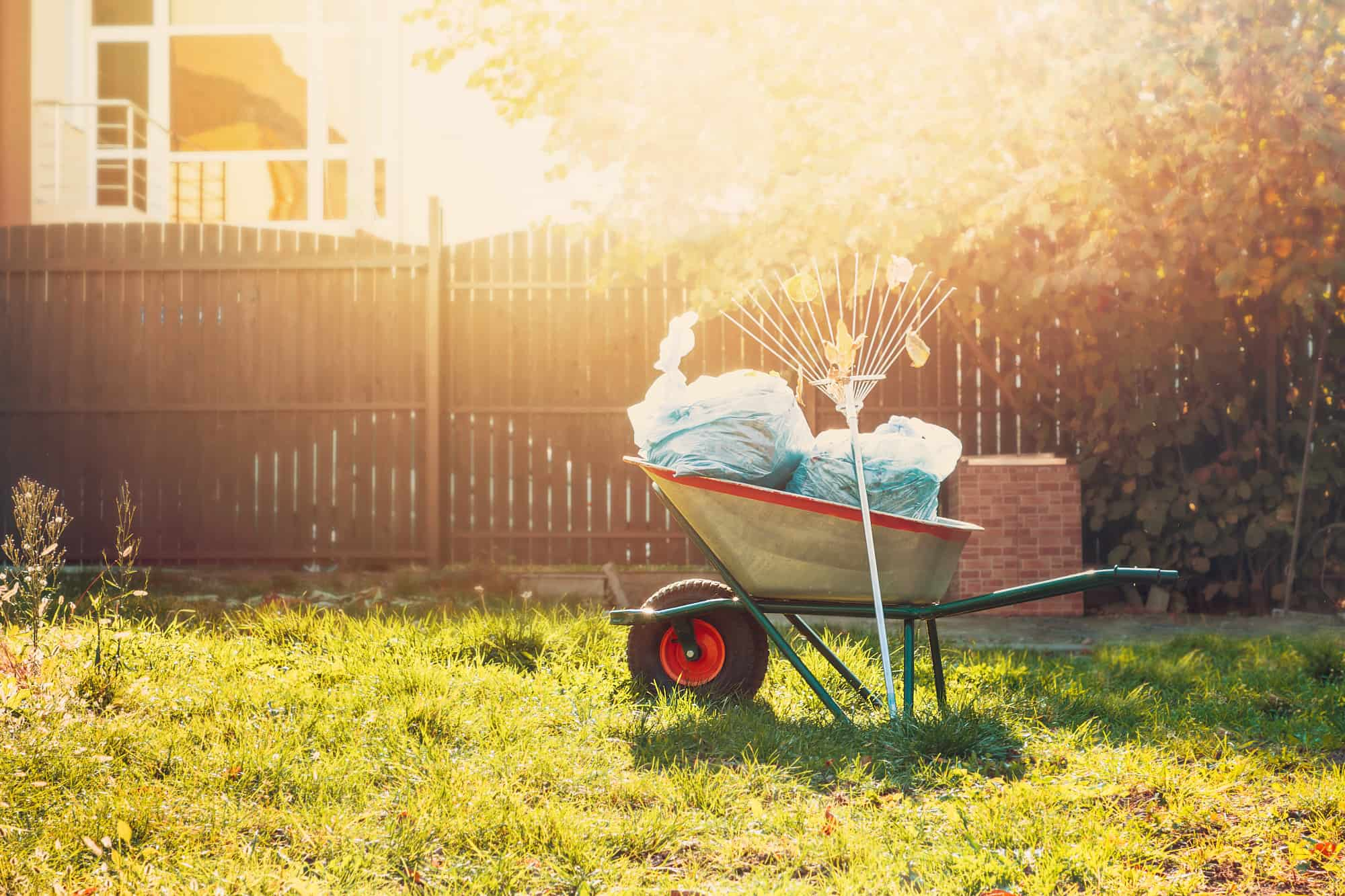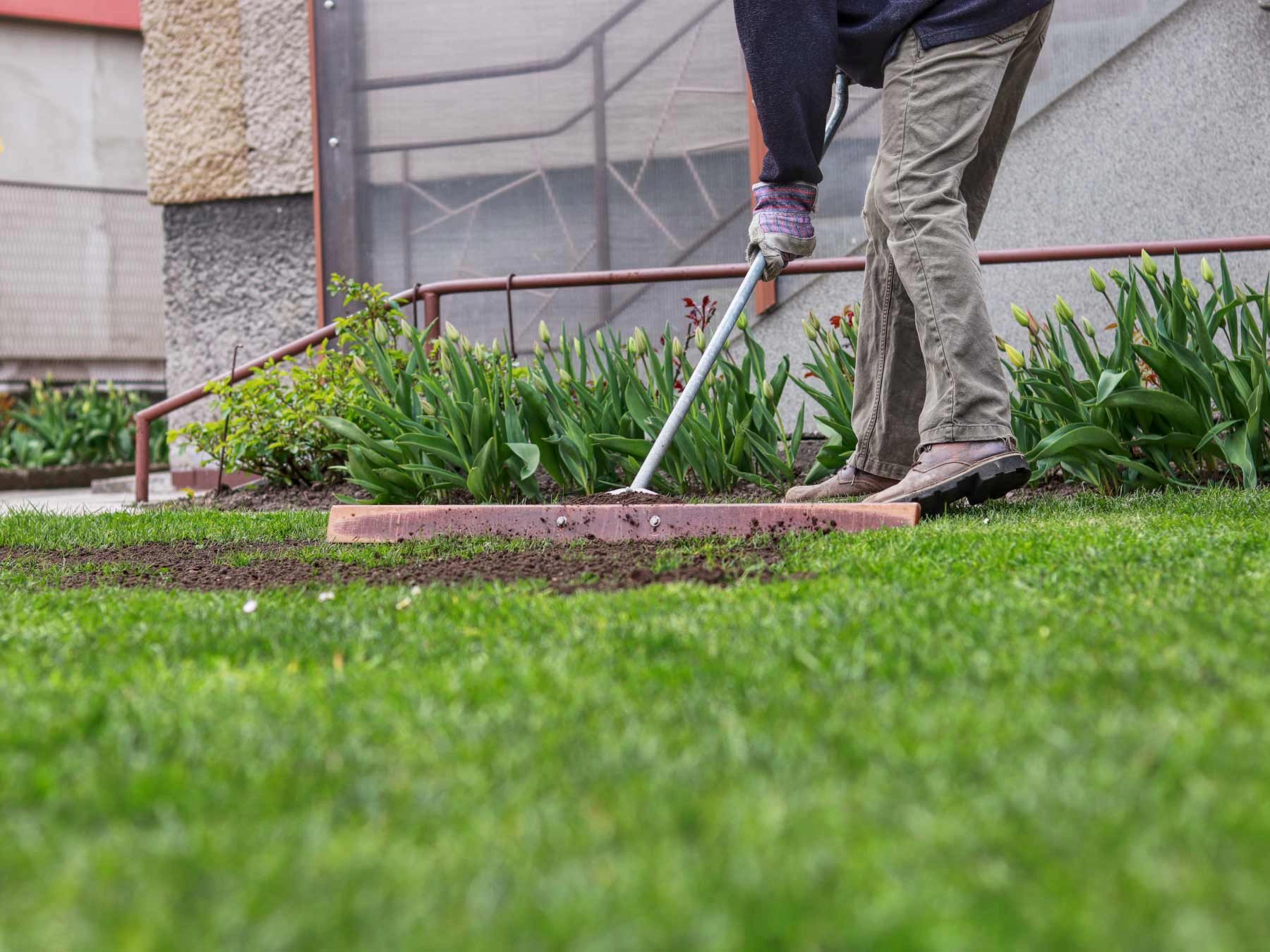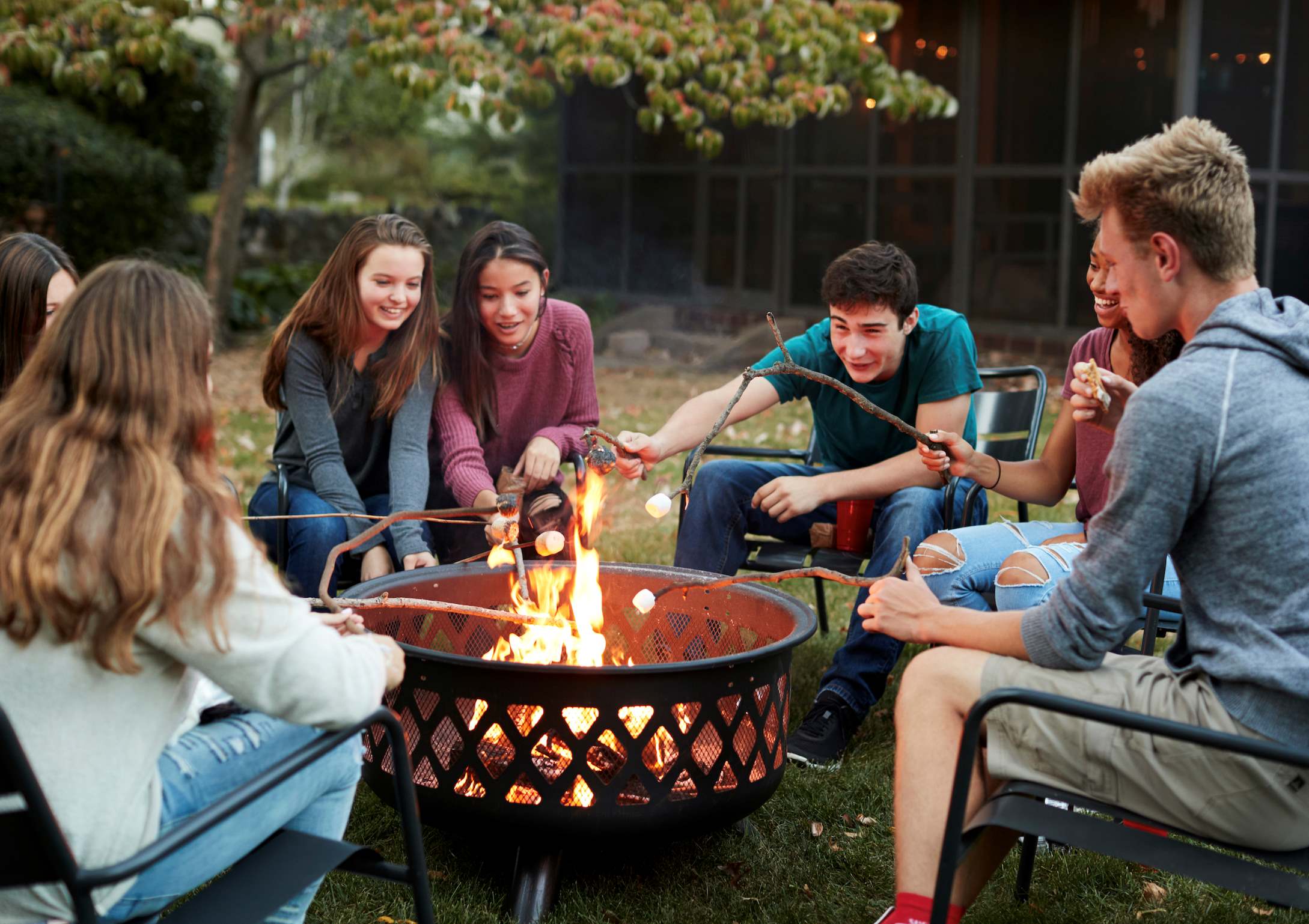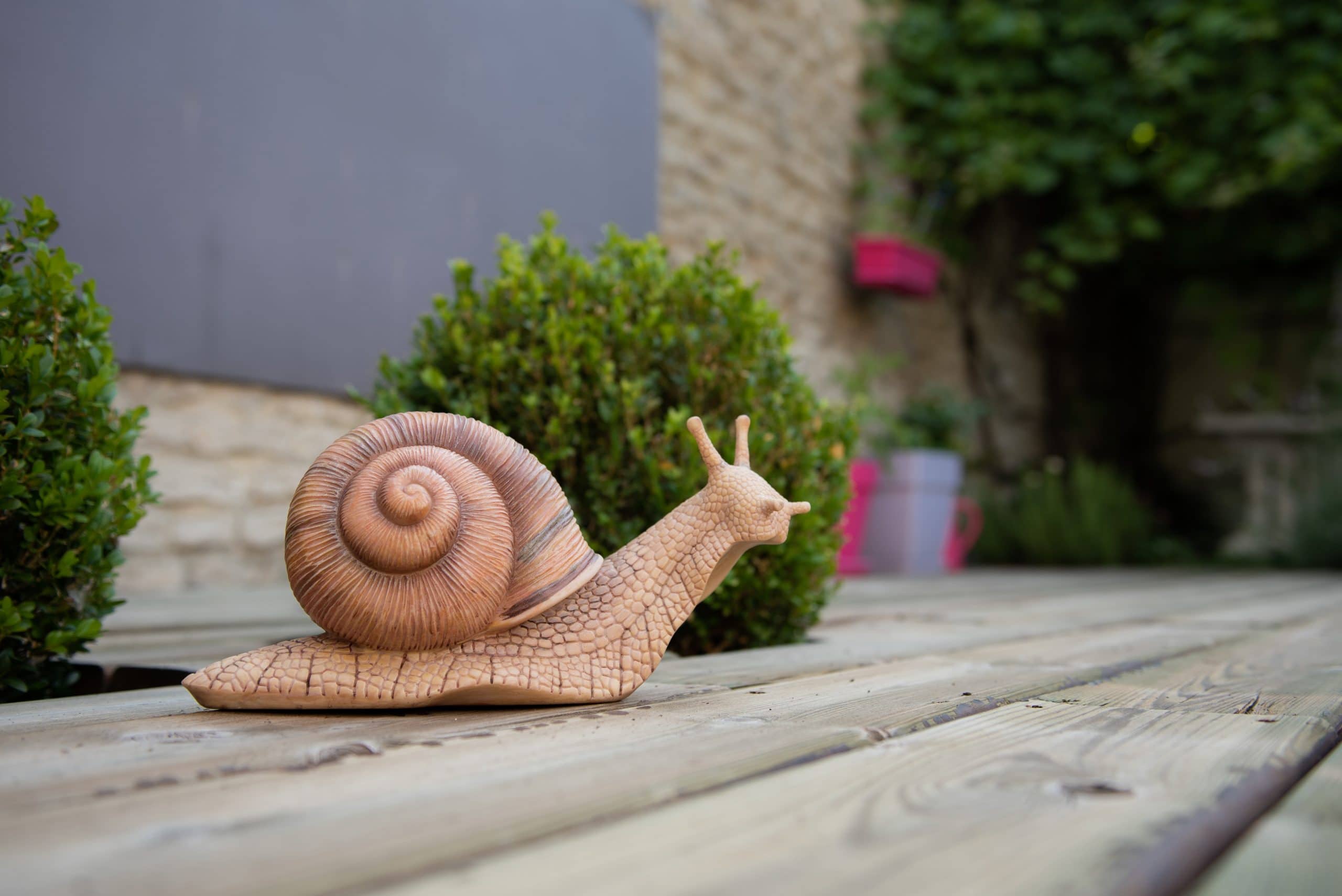Home>Gardening Tips and Tricks>What To Do If There’s A Possum In Your Backyard
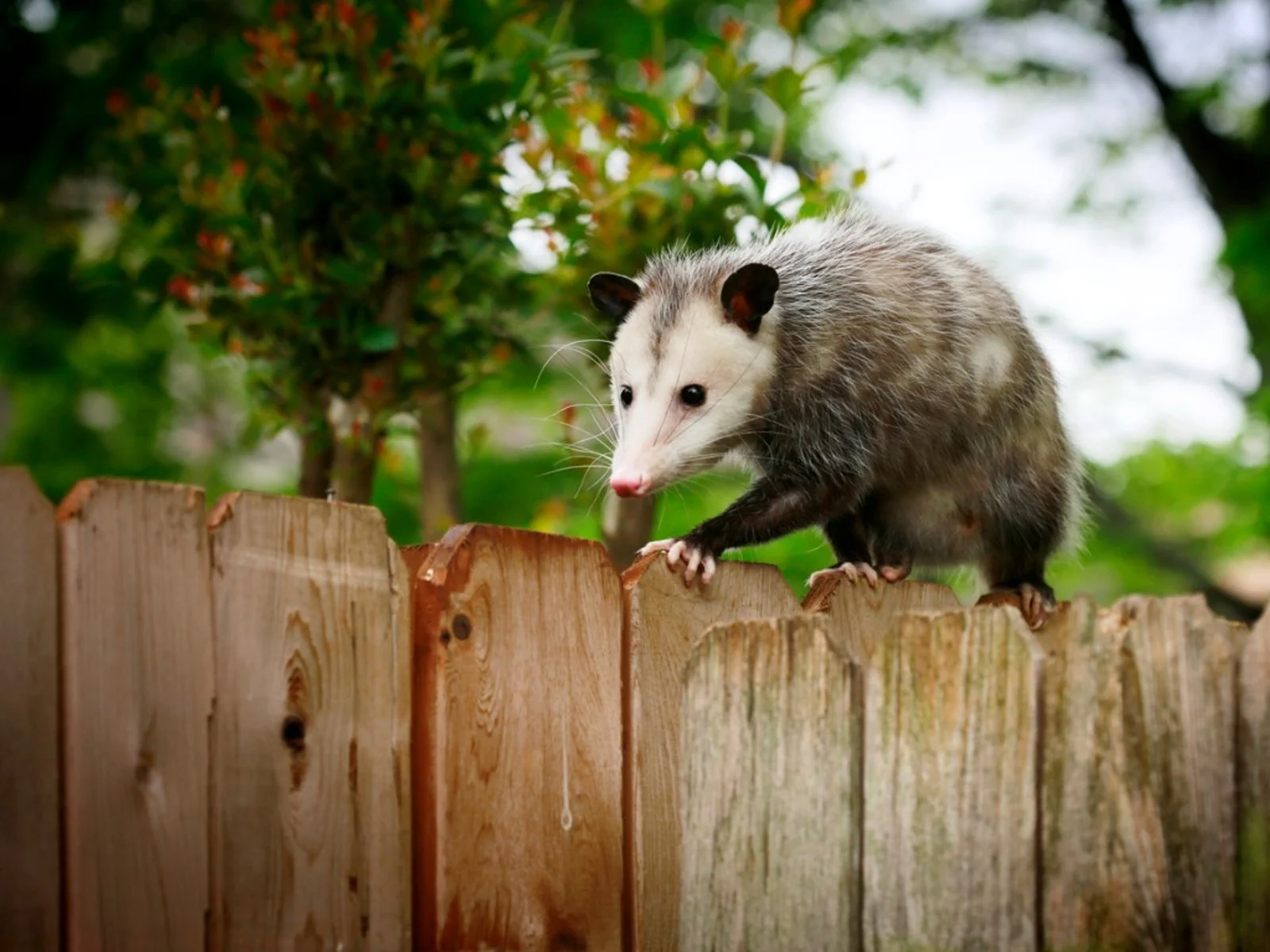

Gardening Tips and Tricks
What To Do If There’s A Possum In Your Backyard
Modified: January 22, 2024
Discover effective problem-solving strategies for dealing with a possum in your backyard. Find expert advice and practical tips to handle this common wildlife problem.
(Many of the links in this article redirect to a specific reviewed product. Your purchase of these products through affiliate links helps to generate commission for Chicagolandgardening.com, at no extra cost. Learn more)
Table of Contents
Introduction
Welcome to your backyard, a peaceful oasis where you can relax and enjoy the beauty of nature. But what happens when an unexpected visitor decides to make themselves at home? If you’ve recently spotted a possum lurking around in your backyard, you may be wondering what to do next.
Possums are nocturnal marsupials that are commonly found in urban and suburban areas. While they may appear cute and harmless, having a possum in your backyard can pose certain challenges. In this article, we will explore the steps you can take to handle this situation with care and ensure a safe and peaceful coexistence.
Before we dive into the details, it’s important to identify whether the visitor in question is indeed a possum. Possums have distinct characteristics that set them apart from other backyard intruders. Their grey or brown fur, long tail, pointy snout, and large ears are some of the key features to look out for. They are generally small to medium-sized, measuring around 12 to 18 inches in length, excluding the tail.
Now that you can positively identify the creature as a possum, let’s explore the reasons why they might be entering your backyard.
Identifying a Possum
When it comes to dealing with a possum in your backyard, the first step is to correctly identify the animal. Possums are native to Australia and can also be found in some parts of North America. They are nocturnal creatures, which means they are most active during the night.
Possums have several distinct features that make them easy to identify. Their fur can range from grey to brown, and they often have a white or cream-colored face. They have a long, prehensile tail that helps them climb trees and balance. Their body shape is similar to that of a cat or small dog, with short legs and a pointy snout. Possums also have large, round ears and sharp claws that they use for climbing.
One of the most distinctive features of a possum is their teeth. They have sharp incisors at the front of their mouth, which they use for biting and tearing food. Additionally, possums have a large space between their front and back teeth known as a diastema. This gap allows them to accommodate their large canine teeth.
If you spot an animal in your backyard that matches this description, chances are it’s a possum. However, if you’re unsure or want confirmation, it’s best to consult a local wildlife expert or refer to online resources specific to your region.
Now that we’ve identified the intruder, let’s explore why possums might be drawn to your backyard in the first place.
Why Possums Enter Backyards
Possums are naturally curious creatures, and they may venture into your backyard for various reasons. Understanding why possums are attracted to your outdoor space can help you address the issue more effectively.
One common reason possums enter backyards is in search of food. They have a diverse diet that includes fruits, vegetables, insects, bird eggs, small mammals, and even garbage. If you have fruit trees, bird feeders, or compost bins in your yard, they can be irresistible food sources for possums.
Another reason possums are drawn to backyards is for shelter. These creatures often seek out safe and secluded places to sleep during the day. They may make their homes in tree hollows, brush piles, or even under decks or sheds. If your backyard provides suitable hiding spots, possums may find it an attractive place to rest.
Water sources can also attract possums. If you have a pond, birdbath, or any standing water in your backyard, it might entice possums to visit and quench their thirst.
Furthermore, possums might enter backyards if they perceive them as safe and undisturbed environments. Factors such as low human activity, minimal noise, and ample vegetation can make your backyard an appealing space for possums to explore and establish temporary homes.
It’s important to note that while possums may seem like unwelcome visitors, they do serve a vital ecological role. They help control insect populations and are important pollinators. Therefore, it’s essential to approach any measures to handle possums with their conservation in mind.
Now that we understand why possums enter backyards, let’s delve into the potential risks and concerns of having them in your outdoor space.
Potential Risks and Concerns
While possums may seem harmless, there are some risks and concerns associated with having them in your backyard. Understanding these can help you make informed decisions about how to handle the situation.
One of the primary concerns is the potential damage possums can cause to your property. They are agile climbers and can easily access areas like roofs, attics, and fences. Possums may tear up insulation, gnaw on electrical wires, or leave droppings in these areas, leading to costly repairs and potential fire hazards.
Possums can also be carriers of various diseases and parasites, including ticks, fleas, and bacteria. If you or your pets come into contact with an infected possum or its droppings, there is a risk of transmission. It’s essential to take proper precautions when cleaning up after possums or attempting to handle them.
Additionally, if possums manage to raid your fruit trees or vegetable garden, it can result in significant crop damage. They have a keen sense of smell and can quickly locate and devour ripe fruits and vegetables, leaving you with a diminished harvest.
Another concern is the potential conflict that possums may cause with other backyard inhabitants. They are territorial animals and may compete with native wildlife species for resources such as food and shelter. If you have bird nesting boxes or feeders, possums may disturb or even destroy them in their quest for resources.
Furthermore, possums are skilled climbers and can pose a threat to small pets or poultry. They may prey on vulnerable animals or disrupt coops and enclosures, causing stress or harm to your beloved pets.
Now that we’ve explored the potential risks and concerns, it’s important to know what actions to avoid when dealing with a possum in your backyard.
What NOT to Do
When confronted with a possum in your backyard, it’s crucial to know what actions to avoid. These misguided efforts can potentially harm both you and the possum, exacerbating the situation rather than resolving it.
First and foremost, do not attempt to handle or approach the possum. Possums are wild animals and may feel threatened if they perceive human interference. They have sharp teeth and claws that can cause injury if they feel cornered or scared.
Avoid using repellents or chemicals to deter possums. Not only can these substances be harmful to the possum and other wildlife, but they also have limited effectiveness. Possums are resourceful creatures and can quickly adapt or find alternative food sources.
It is crucial not to set traps for possums without the proper knowledge and permits. Catching a possum in a trap without the ability to release it safely can lead to unnecessary stress and harm to the animal.
Do not resort to harmful or inhumane methods to drive away possums. This includes using loud noises, bright lights, or physical force. These actions can cause immense stress to the possum and may result in unintended consequences or even legal implications.
Lastly, avoid feeding possums intentionally or unintentionally. Feeding them can encourage their presence and dependence on human-provided food, making it harder for them to revert to their natural diet and behaviors.
Now that we know what not to do, let’s explore the steps you can take to encourage the possum to leave your backyard without causing harm.
Steps to Encourage the Possum to Leave
When it comes to dealing with a possum in your backyard, it’s important to approach the situation with patience and empathy. Here are some steps you can take to encourage the possum to leave on its own:
- Remove food sources: Start by eliminating any tempting food sources in your backyard. Secure or remove fallen fruits, clean up bird feeders, and properly seal garbage bins to reduce access to food.
- Make noise and create disturbances: Possums prefer quiet and undisturbed areas. Create noise or disturbances in the evening to make your backyard less inviting. Clapping your hands, playing music, or using motion-activated lights can help disrupt their comfort zone.
- Remove potential hiding spots: Trim back vegetation or bushes where possums may be hiding during the day. By reducing their hiding spots, you encourage them to seek shelter elsewhere.
- Secure entry points: Seal off any openings or access points that possums may use to enter your property. Check for gaps in fences, holes in walls, or open vents that may provide entryways.
- Install deterrents: Consider installing motion-activated sprinklers or ultrasonic devices designed to deter wildlife. These can startle the possum and discourage them from visiting your backyard.
- Use natural repellents: Some natural scents, such as peppermint oil or garlic spray, can act as mild deterrents. Apply these around areas where possums frequent to create an unpleasant scent barrier.
- Keep your backyard well-lit: Possums prefer dark environments, so keeping your yard well-lit during the night can make it less appealing to them.
- Monitor the situation: Keep an eye on the possum’s activities to see if your efforts are working. If the possum continues to persist or shows signs of aggression or illness, it may be necessary to seek professional assistance.
Remember, encouraging the possum to leave your backyard is the best solution for both you and the possum. However, if your attempts are unsuccessful or you have concerns about the possum’s well-being, it’s time to contact a wildlife professional.
Next, we will discuss when and how to seek help from a wildlife professional.
Contacting a Wildlife Professional
If your efforts to encourage the possum to leave your backyard have been unsuccessful or if you have concerns about the possum’s behavior or well-being, it may be necessary to seek assistance from a wildlife professional.
Wildlife professionals have the expertise and experience to handle possums safely and humanely. They can assess the situation, determine the best course of action, and provide guidance on how to resolve the issue effectively.
When contacting a wildlife professional, it’s important to choose someone who specializes in wildlife management and holds the necessary permits and licenses. They will have the proper training and equipment to handle possums without causing harm to the animal or yourself.
Before contacting a wildlife professional, gather relevant information about the possum’s behavior and your attempts to address the situation. This will help the professional assess the urgency and severity of the issue. Be prepared to provide details on when and where you’ve seen the possum, any noticeable patterns or behaviors, and any efforts you’ve made to encourage the possum to leave.
It’s essential to keep in mind that wildlife professionals are dedicated to the conservation and welfare of animals. They will consider non-lethal methods of removal and relocation to ensure the possum’s well-being while addressing your concerns.
Do not attempt to remove the possum yourself or take matters into your own hands. Not only can this be dangerous, but it can also be detrimental to the possum’s health and survival. Leave it to the professionals who have the knowledge and skills to handle wildlife situations appropriately.
Now that we’ve discussed the importance of contacting a wildlife professional, let’s explore some preventive measures to keep possums from returning to your backyard.
Preventing Possums from Returning
Once you’ve successfully dealt with a possum in your backyard, it’s essential to take preventive measures to discourage their return. By making your outdoor space less appealing to possums, you can reduce the chances of future visits. Here are some steps you can take:
- Secure food sources: Continue to eliminate potential food sources, such as fallen fruits, bird feeders, and exposed garbage. Regularly clean up any food remnants that may attract possums.
- Install barriers: If you have fruit trees, consider installing netting or fences around them to prevent possums from accessing the fruits. Use sturdy materials that cannot be easily chewed through or climbed over.
- Maintain vegetation: Keep trees and shrubs trimmed away from your house, fences, and other structures. Avoid providing possums with easy access to roofs or other potential nesting spots.
- Block entry points: Regularly inspect your property for any openings or gaps that possums may use as entry points. Fill or repair these areas to prevent their re-entry.
- Use natural deterrents: Consider planting species that possums dislike, such as rosemary, thyme, or citrus-scented plants. These natural repellents can help make your backyard less inviting to possums.
- Secure pet food and water: Avoid leaving pet food and water bowls outside overnight, as they can attract possums. Remove any leftover food and empty water bowls before nighttime.
- Illuminate your backyard: Install outdoor lighting or motion-activated lights to keep your backyard well-lit during the night. Possums prefer dark areas, so a well-lit space may deter them from returning.
- Regularly maintain your yard: Keep your backyard clean and free of clutter. Regularly remove debris, brush piles, and potential hiding spots that may attract possums.
By implementing these preventive measures, you can discourage possums from returning to your backyard and create an environment that is less appealing to them. However, it’s important to remember that in some cases, possums may continue to return despite your efforts. If this occurs, it may be necessary to reassess the situation and seek professional advice.
In this article, we have explored the steps to handle a possum in your backyard, how to identify them, potential risks and concerns, what not to do, steps to encourage them to leave, when to contact a wildlife professional, and preventive measures to prevent their return.
By approaching the situation with care and empathy, you can maintain a harmonious balance between your backyard sanctuary and the wildlife that occasionally crosses your path.
Conclusion
Dealing with a possum in your backyard can be a challenging situation, but by following the right steps, you can handle it effectively and ethically. Remember, possums are a part of our natural ecosystem and play important roles in controlling insect populations and pollinating plants. It is essential to approach their presence in your backyard with empathy and a commitment to their conservation.
Identifying possums and understanding why they enter backyards is the first step in addressing the issue. Knowing the risks and concerns associated with their presence can help you make informed decisions about how to handle the situation without causing harm to yourself or the possum.
When dealing with a possum in your backyard, there are certain actions you should avoid, such as attempting to handle them or using harmful methods to drive them away. Instead, focus on steps to encourage their departure, including removing food sources, creating disturbances, and securing entry points.
In cases where your efforts are unsuccessful or you have concerns about the possum’s well-being, it is crucial to contact a wildlife professional. These professionals have the expertise and experience to handle possums safely and determine the best course of action.
Preventing possums from returning to your backyard involves taking proactive measures, such as securing food sources, maintaining vegetation, and blocking entry points. By making your backyard less appealing to possums, you can reduce the likelihood of future visits.
Remember, coexisting with wildlife requires understanding and respect. By implementing the steps outlined in this article, you can create a safe and harmonious environment for both yourself and the possums that occasionally find their way into your backyard.
Dealing with a possum in your backyard may require patience and perseverance, but with the right approach, you can peacefully resolve the situation and continue to enjoy the serenity of your outdoor space.




